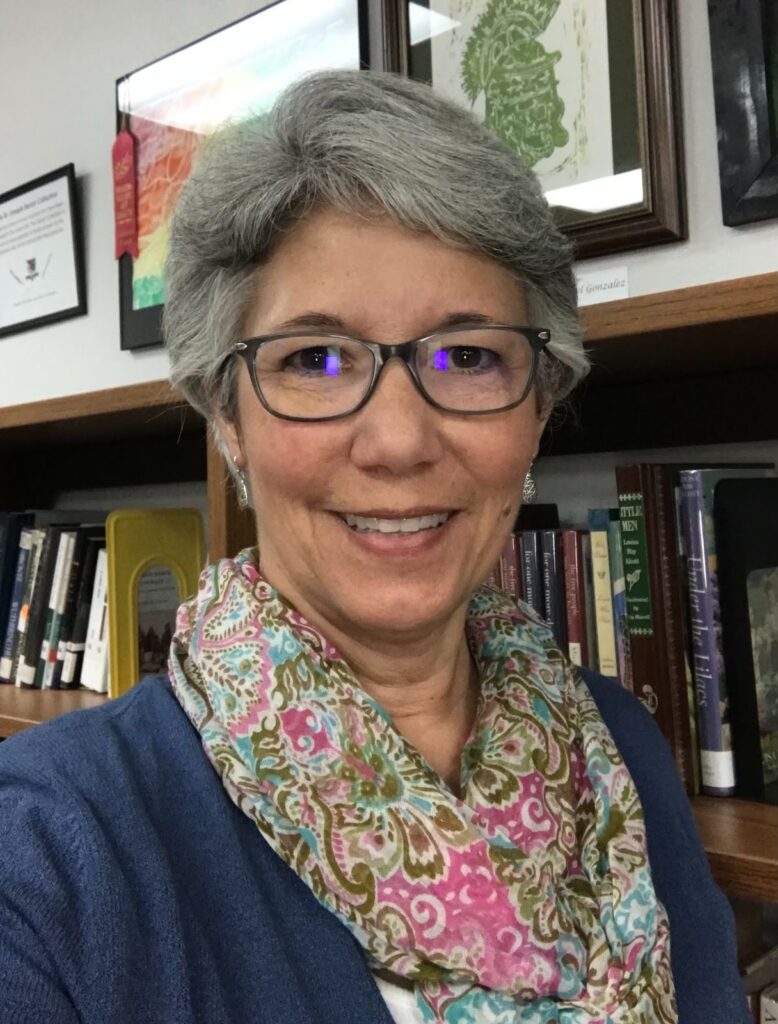For some of us who went to school in the dark ages we might have gotten an assignment that sounded something like this one given to Ralphie’s class.

Every student had the same assignment, handwritten on the same paper, and turned into the teacher to be read and then marked with the same red pencil. Not much Universal Design for Learning going on in this classroom.
What is Universal Design for Learning?
In a nutshell, Universal Design for Learning (UDL) is having choices and options for learning and demonstration of that learning. Students are not all engaged in learning in the same way, nor do they internalize things in the same way. They should be given multiple choices and options for how they learn and able to choose how they show what they have learned to others.
In this video from the National Center on UDL, director David Rose talks about principles and practices that educators are faced with in today’s classrooms. His explanations are clear and concise.

The 3 main principles of UDL are:
- Engagement-this is the “why” of what we are learning. Learning must be important to the learner.
- Representation-the “what” of learning. What will the student use to foster learning-a graphic organizer, a video, models. There are many ways to represent learning.
- Action & Representation-the “how” of learning. What have you learned and how are you going to show me that you learned this content?
Comparing something that I know with something that I am learning is how I can make things stick in my brain. I did a search on UDL compared to traditional learning and I found just what I was looking for. I was able to see what a typical assignment might look like several years back and compare it to the same lesson taught using UDL. This gave me several examples and helped me see the difference between the two as well as understanding that UDL is much more beneficial to the learner and the learning process. This site will let you see UDL as compared to traditional education.
My final thought about UDL was where can I find a lesson plan template that would help assure that my lessons are following the principles of UDL? Rosedale Curriculum has such a template and more. They have charts for each of the principles of UDL that help you in removing barriers for each. You can find these helpful guidelines under Teacher Resources and then scroll down to UDL.
Using UDL in our classrooms makes learning so much more enjoyable and meaningful for our students. I am currently collaborating with a middle school history teacher to work on projects for National History Day. Students can choose their own topic as long as it fits under the NHD theme as well as being able to demonstrate what they have learned by choosing from one of 5 distinct categories: exhibit, documentary, website, paper, or performance. This is UDL at its best.
References
bladeronner. (2009, December 10). I Want You to Write. . .A Theme [Video]. YouTube. https://www.youtube.com/watch?v=yNKaKVTB2FI
National Center on Universal Design for Learning. (2010, March 17). UDL: Principles and Practice [Video]. YouTube. https://www.youtube.com/watch?v=pGLTJw0GSxk
UDL. (n.d.). ROSEDALE CURRICULUM. https://www.rosedalecurriculum.com/udl.html
Understood Team. (2021, November 20). The difference between Universal Design for Learning (UDL) and traditional education. https://www.understood.org/en/articles/the-difference-between-universal-design-for-learning-udl-and-traditional-education

